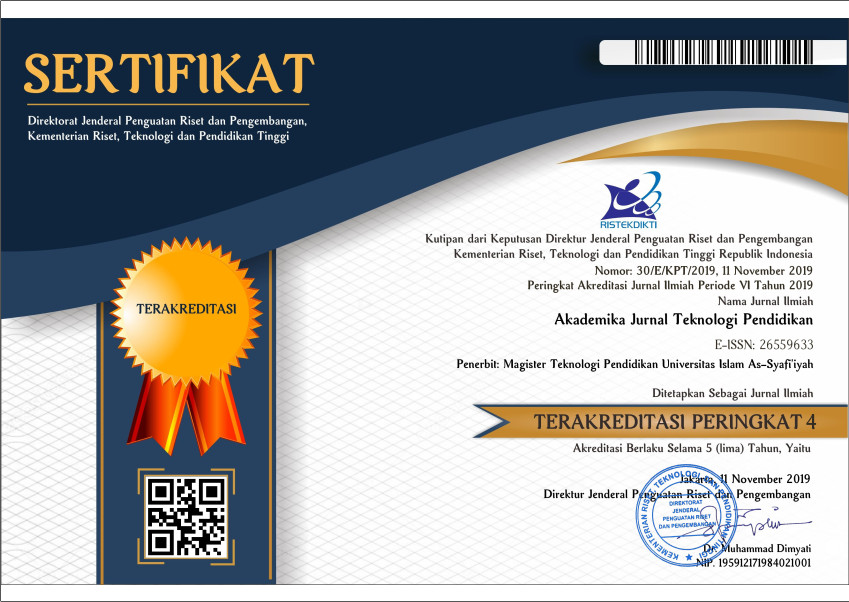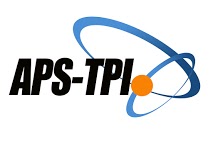3D SIMULATION GAME APPLICATION FOR INTRODUCTION PROFESSIONS IN EARLY CHILDREN
Abstract
The introduction of professions at an early age is important for children's character building. Educational games can be an interesting and interactive learning media to introduce various professions to children.The purpose of this research is to develop a game application to turn educational content into an interactive learning experience that can be accessed via Android. The research method adopts the Multimedia Development Life Cycle (MDLC) method which consists of determining the application concept, designing 3-dimensional objects, material collecting, developing applications, testing applications and publishing applications.The research results obtainedinclude: validation of understanding various professions obtained a percentage of 83% with valid criteria, validation of control interaction obtained a percentage of 74% with valid criteria, validation of liking the use of games obtained a percentage of 84% with valid criteria, and validation of the desire to play obtained a percentage of 72% with valid criteria. From the results of the validation test that has been carried out on 30 respondents, it shows an average value of 79.44% and it can be concluded that this game is included in the qualifications worth using as a more efficient learning media.
This work is licensed under a Creative Commons Attribution 4.0 International License.
Authors who publish with this journal agree to the following terms:
- Authors retain copyright and grant the journal right of first publication with the work simultaneously licensed under a Creative Commons Attribution License that allows others to share the work with an acknowledgement of the work's authorship and initial publication in this journal.
- Authors are able to enter into separate, additional contractual arrangements for the non-exclusive distribution of the journal's published version of the work (e.g., post it to an institutional repository or publish it in a book), with an acknowledgement of its initial publication in this journal.
- Authors are permitted and encouraged to post their work online (e.g., in institutional repositories or on their website) prior to and during the submission process, as it can lead to productive exchanges, as well as earlier and greater citation of published work (See The Effect of Open Access).








